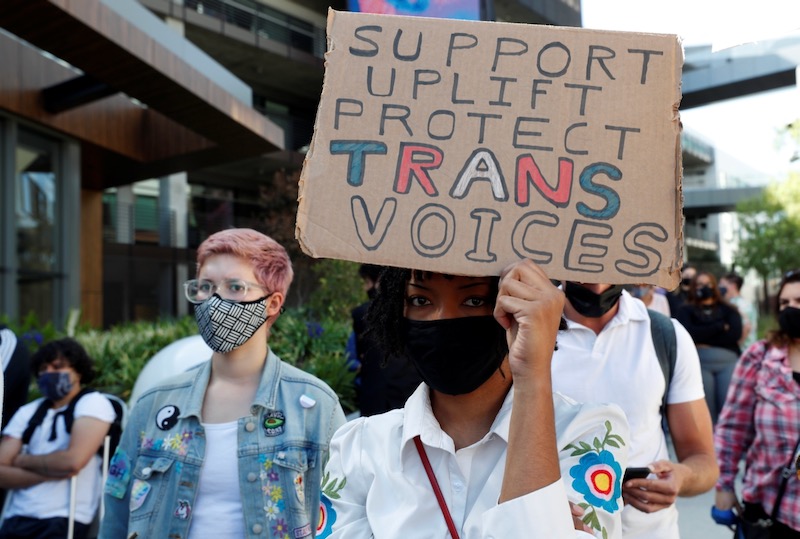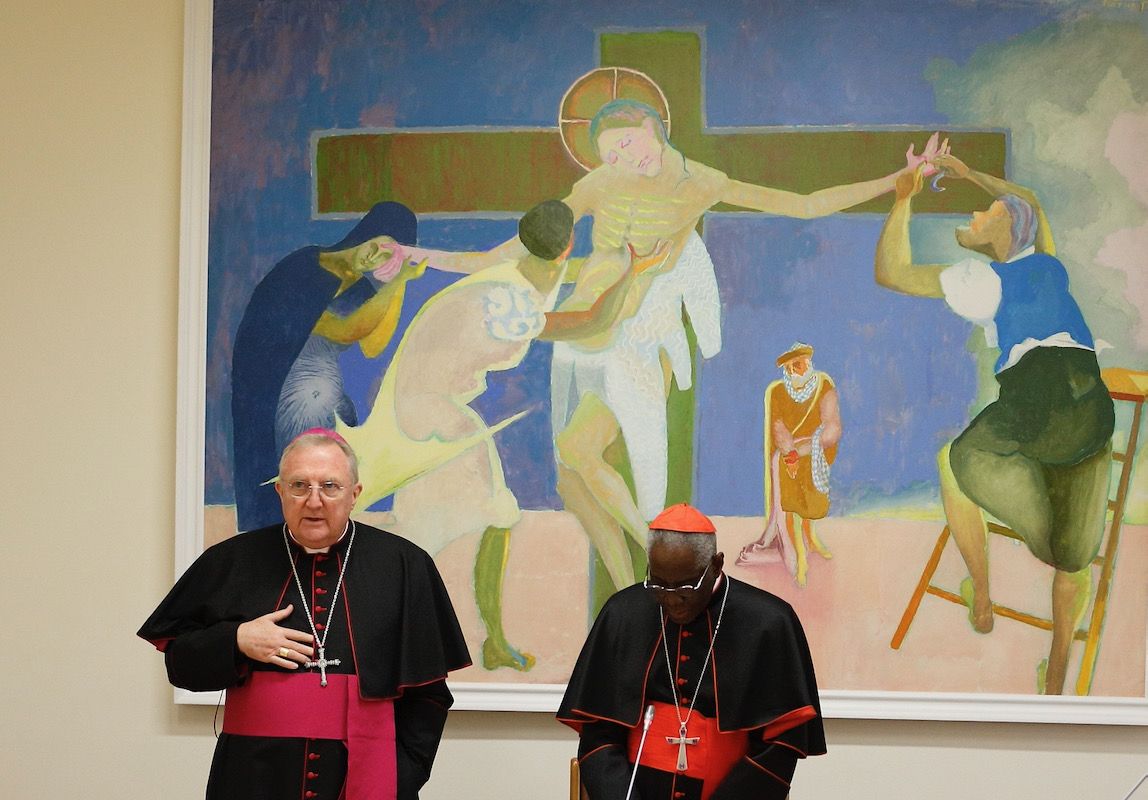The Vatican has issued further restrictions on the Old Rite liturgy ruling that ordinations and confirmations are banned while emphasising that newly ordained priests must receive formal “authorisation” from the Holy See if they are to celebrate the pre-Vatican II Mass.
The new guidelines, released in a question and answer format, heavily restrict the celebration of all the other sacraments in the Old Rite and stress that a parish priest or chaplain should not celebrate a traditional Latin Mass if they’ve already celebrated one in the ordinary form that day. They also state that any priest refusing to concelebrate Mass with his fellow clergy cannot use the Old Rite.
The ruling places a question mark over the future of traditionalist orders who seek to attract new recruits on the basis that they exclusively celebrate the sacraments according to the older form. They also often refuse to concelebrate the ordinary form of the Mass.
But Pope Francis has said the reforms to Catholic worship which took place following the 1962-65 Second Vatican Council are “irreversible”, and on 16 July 2021 issued the ruling Traditionis Custodes, that re-imposed restrictions on the unreformed liturgy.
The Old Rite requires priests to say the prayers of the Mass in Latin, often inaudibly, and while facing ad orientem ("facing east" and with his back to the people). Although many are drawn to its contemplative, otherworldly style, the liturgy has also become a rallying point for dissent from the Francis pontificate and opposition to Vatican II.
The Holy See’s policy on the old rite is that it can be celebrated as an exceptional concession, but cannot be presented as an alternative, or superior, form of the liturgy. The issue is less about the use of Latin, but the support of a pre-Vatican II vision of the Church
The latest guidelines, issued by Congregation for Divine Worship and the Discipline of the Sacraments, are designed to help bishops across the world implement Francis’ document.
Traditionis Custodes overruled John Paul II and Benedict XVI’s lifting of restrictions on the old rite which were done to help bring about “concord and unity” in the Church. However, Francis, following a consultation of bishops across the world that has not been made public, said these concessions had been exploited by traditionalists to “injure the Church…and expose her to the peril of division.” There have been examples of where implementing the old rite has divided parishes.
“It is sad to see how the deepest bond of unity, the sharing in the one Bread broken which is His Body offered so that all may be one, becomes a cause for division,” Archbishop Arthur Roche, the Prefect of the Congregation for Divine Worship and the Discipline of the Sacraments, wrote in a letter accompanying the guidelines.
“One fact is undeniable: The Council Fathers [of Vatican II] perceived the urgent need for a reform so that the truth of the faith as celebrated might appear ever more in all its beauty, and the People of God might grow in full, active, conscious participation in the liturgical celebration.”
The latest guidelines seem designed to tackle the trend in some seminaries where students for the priesthood gravitate towards celebrating the pre-Vatican II liturgy.
“All seminary formators, seeking to walk with solicitude in the direction indicated by Pope Francis, are encouraged to accompany future Deacons and Priests to an understanding and experience of the richness of the liturgical reform called for by the Second Vatican Council,” they state.
Any priest ordained after Traditionis Custodes needs the “necessary authorisation given to the diocesan Bishop by the Congregation for Divine Worship and the Discipline of the Sacraments” to celebrate the Old Rite and which is “not merely a consultative opinion.”
The Pope has issued warnings about the tendency of neo-traditionalism among younger clergy telling fellow Jesuits in Africa: “have you never seen young priests all stiff in black cassocks and hats in the shape of the planet Saturn on their heads? Behind all the rigid clericalism there are serious problems.”
The guidelines will prevent a priest from offering sacraments in the old rite without permission, and therefore preventing the implementation of the traditional liturgy by stealth. Only “canonically erected personal parishes” with permission to use the older liturgy, they say, can offer the sacraments of baptism, confession, marriage and anointing of the sick. The scripture readings in celebrations of the old rite must be said in local languages and cannot “reproduce the cycle of readings of the previous rite.”
One senior priest, speaking on the condition of anonymity, told The Tablet: “This is a necessary correction. In some places, a serious division was beginning where not only was the 1962 Missal seen as superior to that of Paul VI but it was proclaimed as such. The established rites of the Catholic Church: Latin, Greek, Ukrainian, Ambrosian, Chaldean, Syro-Malabar, and the others sit side by side in mutual respect and esteem. None thinks itself more fruitful than the other. This can hardly be said those within the Latin Rite who have pressed the case for the 1962 Missal.”
Francis’ decision on the traditional Latin Mass is in line with the position of Pope St Paul VI, who guided Vatican II to its conclusion and sought to implement its reforms. Paul VI, according to a Vatican liturgy official, only envisaged the Old Rite for dying or sick priests.



 Loading ...
Loading ...